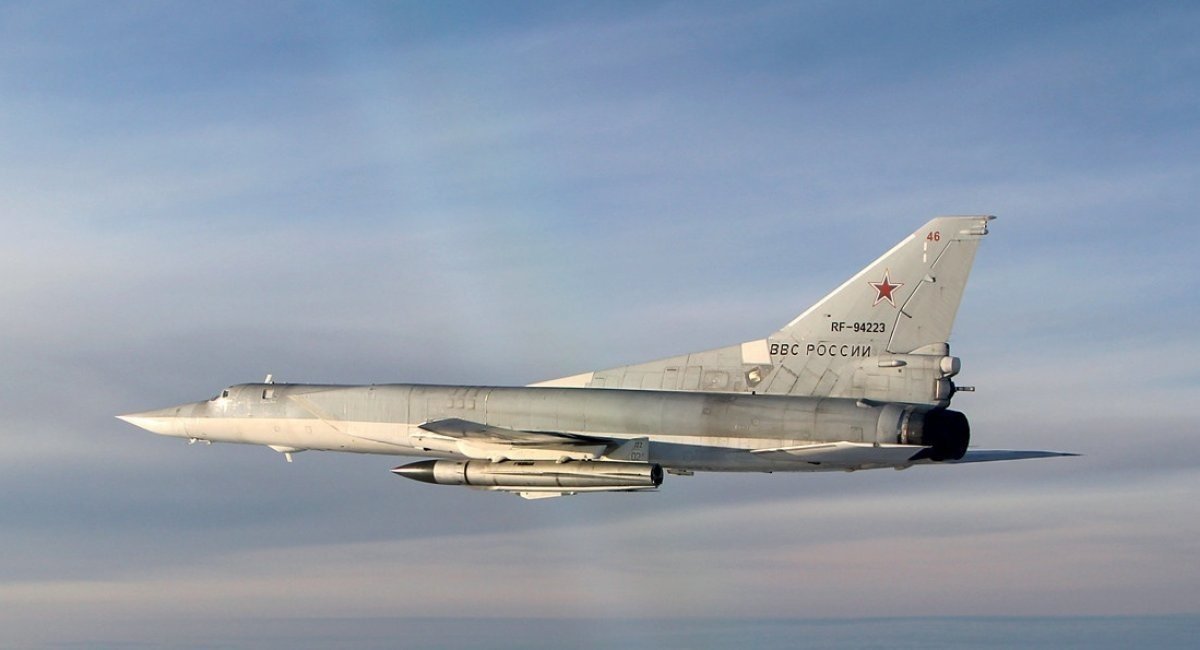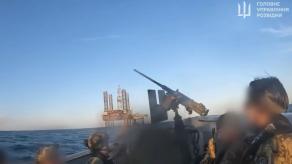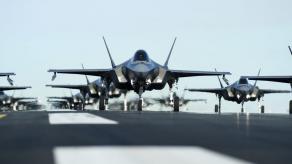Recently, almost daily air raids became common again after a short break while russian MiG-31K aircraft were away from belarusian airfields. Now that they are back, one might ask, why it is exactly the MiG-31K that has to be carrying the Kinzhal missiles which cause so much disturbance in Ukraine.
Just a brief reminder, hypersonic missiles like the Kinzhal are yet out of reach for Ukrainian air defense capabilities. The Kh-47 Kinzhal is an upgrade to the Iskander ballistic missile, and it cannot be launched without a "booster" performed by the supersonic MiG-31K that has a declared max speed of 3,000 km/h.
Read more: Kinzhal Missile Carriers MiG-31K Leave belarus for russia: Possibly Just a Rotation But Still a Sigh of Relief
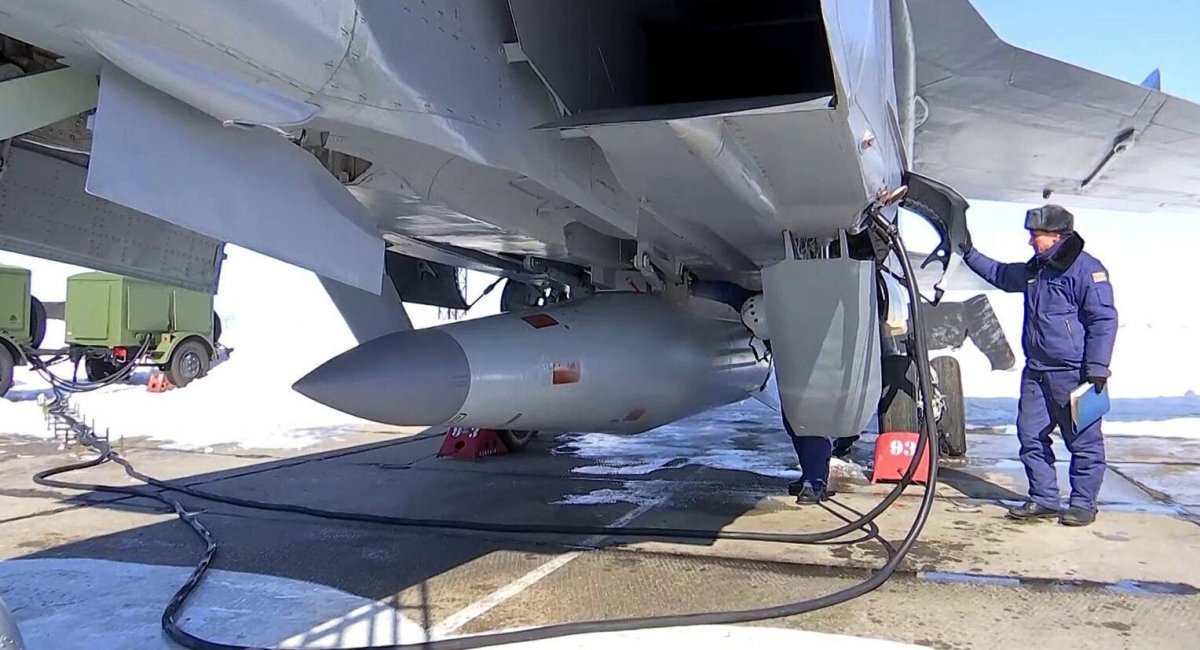
However, the real picture could be not as simple as that. Let's remind you that russians were at least planning to integrate Kinzhal for other types of their supersonic jets, for Tu-22M3 with its 2,300 km/h and Tu-160 with its 2,200 km/h declared max speeds, respectively.
The plans for Kinzhal adaptation so it could be carried by Tu-22M3 (up to 4 missiles) and Tu-160 (up to 8 missiles) first appeared in russian media in 2018.
At that time, the idea to adapt the newly-created hypersonic missile for Tu-22M3 looked logical also in terms of payload efficiency: if this bomber can take up to three Kh-22 missiles weighing 6,000 kg each, then it would be as well possible to fit up to four Kinzhal missiles inside, with their weight of 4,400 kg each.
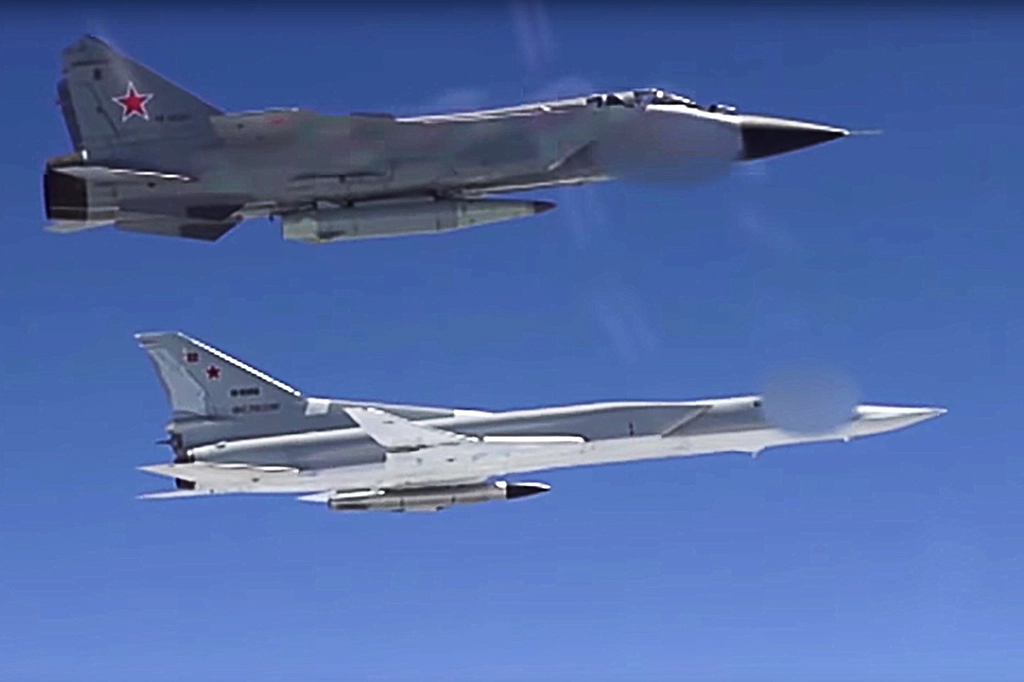
But it remained just a spoken idea, nobody actually proceeded to adaptation of the Kh-47 Kinzhal for the Tu-22M3, instead the bomber received a relatively "new" Kh-32 missile made according to the Kh-22 modernization project developed in the 1990s.
The same goes for Tu-160, and here we have two possible reasons why the idea was abandoned: either the russian engineers did all the necessary calculations and found out the Kh-47 adapted for these bombers won't be able to start correctly once launched, or the russian media were simply exaggerating without agreeing the reports with the technicians in charge.
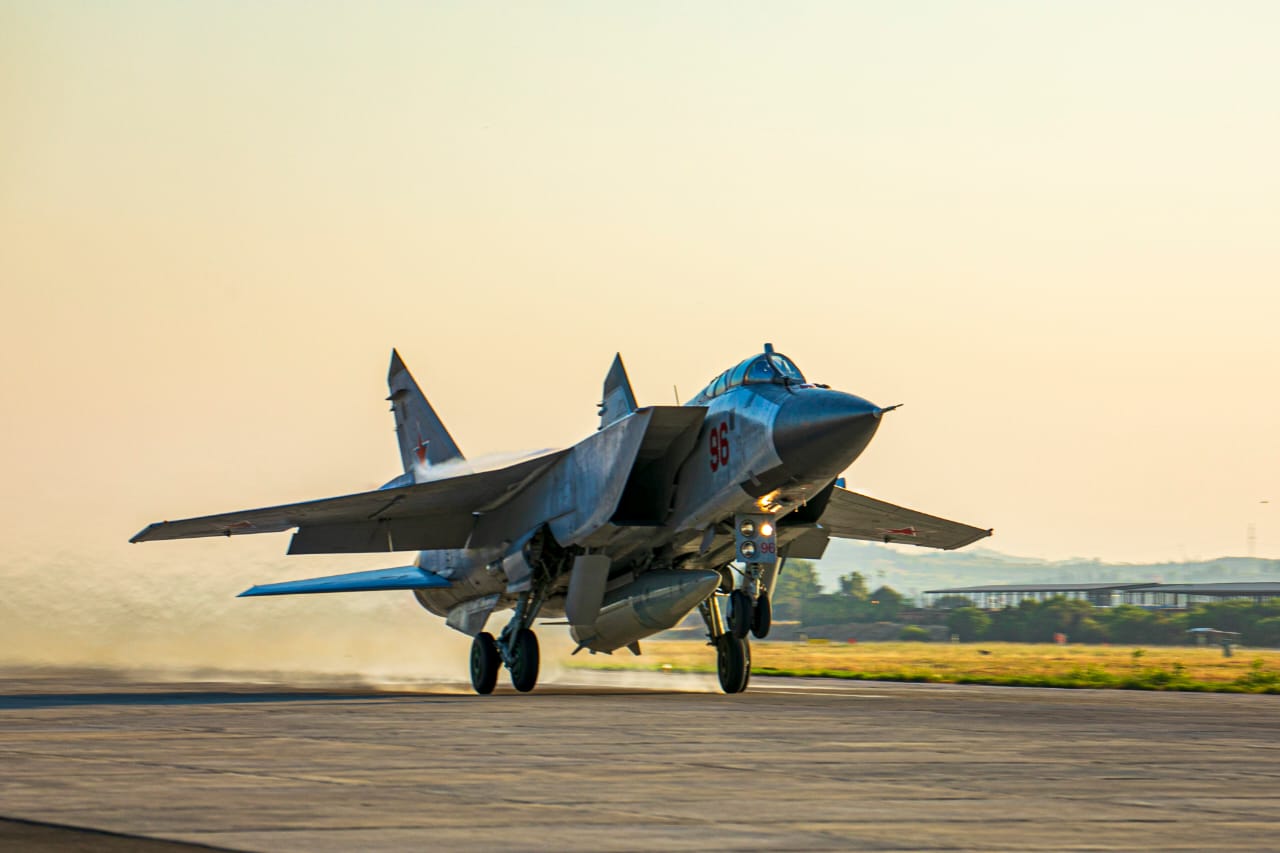
At the same time, the speed capabilities of the MiG-31K should not be taken for absolute either. These aircraft are made of MiG-31BM in service with the russian "aerospace forces", and in open sources, we can find indications that by 2010, a large portion of MiG-31s in the russian military were not capable of surpassing the 1,500 km/h mark. That turned finding a suitable Mach 3 carrier for Kinzhal into a challenge. And that also explains why there are so few MiG-31K jets in the russian army, only about 10 to 12 units.
The main reason why exactly MiG-31K became the carrier for Kinzhal could be following another logic: in the 1990s, russian military industry was working on modifications of this aircraft, one suited for launching anti-satellite missiles and another meant to play the role of a light missile carrier. So choosing MiG-31K for firing Kinzhal was the easiest way.
Moreover, the MiG-31K was already capable of taking up to 9,000 kg of payload with a maximum takeoff weight of 40 tons, these are the best figures among all of the aircraft types in russian tactical aviation.
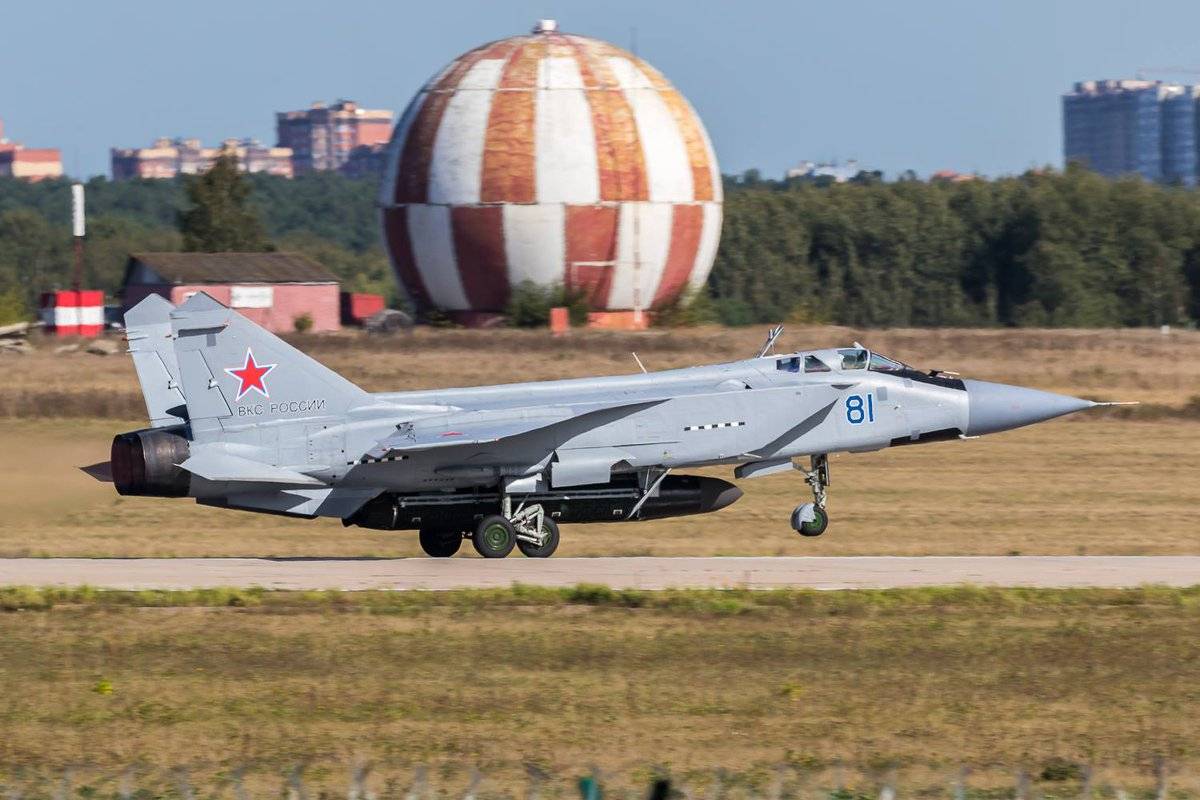
Another important factor is Kinzhal deriving from the Iskander missile, although with nuances: while the Kh-47 has a weight launch weight of about 4.2 tons, the 9M723 weighs about 3.8 tons, and these 400 kilograms of difference testify that the two missiles have different configurations, to say the least.
Yet Kinzhal is unique because it may be the only russian long-range missile that is not based on developments from the 1990s. Otherwise, they would get stuck in a dead end. The only hypersonic missile from that era was the Kh-90, a.k.a. GELA, which most probably would not be able to fly due to its enormous specs: launch weight of 15 tons, fuselage length 11 meters, 4.5 Mach maximum speed and operational range of 3,000 km; notably, there wasn't even a single confirmed test launch of this type of missile.
Such a humongous missile could not be attached to an aircraft, so russian engineers had to use Iskander as the basis when they developed their Kinzhal missile.
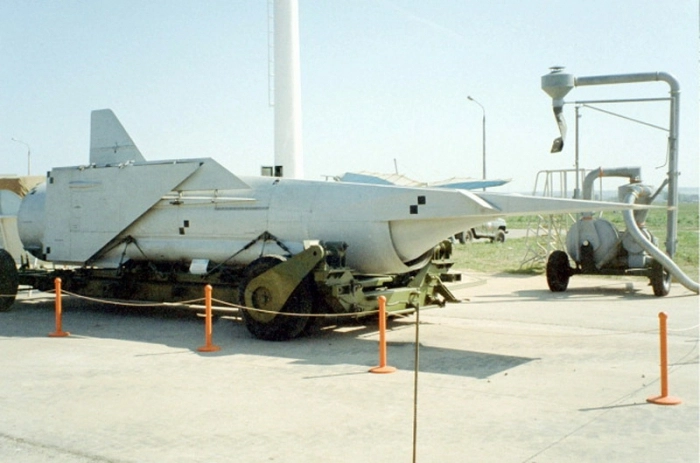
Read more: The Air Force of Ukraine Told What russia Spent Six Scarce Kh-47 Kinzhal Missiles On




